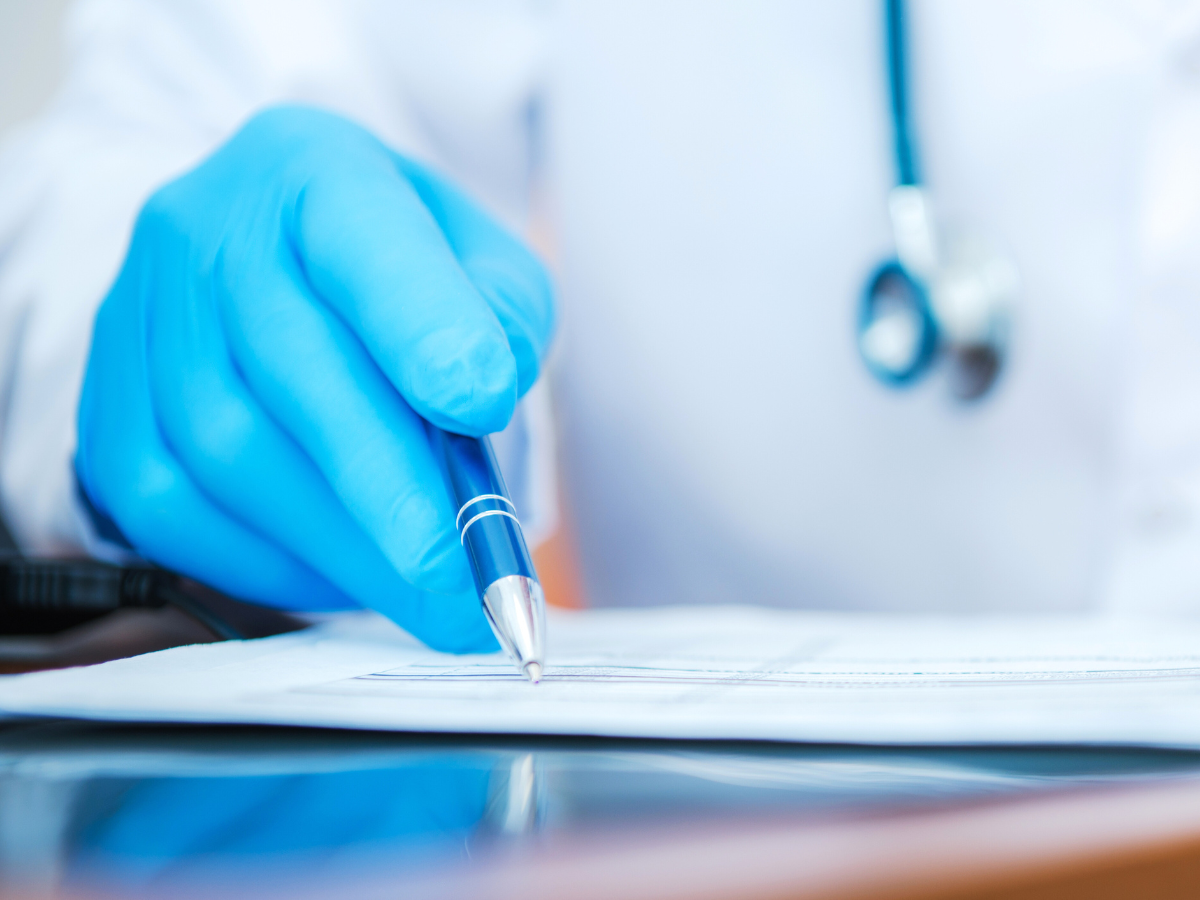When conducting a clinical investigation in medical devices within the European Union (EU), one crucial element is the presence of a sponsor. The sponsor, who could be a legal representative or a qualified contact person established in the EU, is an entity responsible for the initiation, management, and financing of the clinical investigation.
In this article, we’ll dive into the key responsibilities that a sponsor must uphold under the EU Medical Device Regulation (MDR).
Sponsor’s responsibilities prior to the clinical investigation
- EU Representation: If the sponsor is not established in the EU, they must appoint a legal representative within the EU.
- Participant Compensation: The sponsor must ensure a system is in place to compensate participants for any harm suffered during the investigation. This could be through insurance, a financial guarantee, or a similar arrangement.
- Application Submission: The sponsor is responsible for submitting an application to the Member State(s) where the clinical investigation will take place, along with the necessary documentation. However, if the investigation involves further assessment of an already CE-marked device within its intended use but includes additional invasive or burdensome procedures, only a notification to the Member States is required.
- Document Preparation: The sponsor must prepare and submit various documents, including:
- Application formInvestigator’s brochure
- Clinical Investigation Plan
- A signed statement from the device manufacturer confirming compliance with general safety and performance standards, excluding aspects under investigation and that, regarding those aspects, every precaution has been taken to protect the health and safety of the participant
- Ethics committee opinion
- Proof of insurance coverage for participant injuries
- Informed consent documents
- Data protection and confidentiality arrangements
- Complete technical documentation
These records must be retained for at least 10 years after the clinical investigation concludes or, if the device is marketed, for 10 years after the last device sale. For implantable devices, the retention period extends to 15 years.
- Document Updates: The sponsor must update any changes to the documentation in a clearly identifiable manner.
- Communication with Authorities: The sponsor is responsible for communicating with the competent authority regarding the application dossier and must respond to any requests for additional information within the specified time limits.
- Coordinating Multi-State Investigations: For investigations across multiple Member States, the sponsor can submit a single application but must propose a coordinating Member State.
- Provision of Technical and Clinical Data: The sponsor must supply all relevant technical and clinical data about the device to the investigators.
- Training and Monitoring: The sponsor is responsible for organizing, verifying, and documenting the training of personnel on the proper use of the investigational device, the clinical investigation plan, and good clinical practice.
- Adverse Event Reporting: There must be an agreement in place to ensure that any serious adverse events or other reportable incidents are communicated promptly by the investigator to the sponsor.
Sponsor’s responsibilities during the clinical investigation
- Compliance with the Clinical Investigation Plan (CIP): The sponsor must ensure the investigation is conducted according to the approved CIP.
- Monitoring: The sponsor must appoint an independent monitor to oversee the investigation, ensuring compliance with the CIP, good clinical practice, and MDR guidelines.
- Data Management: The sponsor must manage all investigation data to ensure accurate reporting, interpretation, and verification.
- Device Traceability: The sponsor must be able to immediately identify and recall any devices used in the investigation.
- Modifications Notification: If the sponsor intends to introduce changes that could significantly impact participant safety or the data’s reliability, they must notify the Member States involved.
- Event Recording: The sponsor must document and provide, upon request, all critical adverse events, serious adverse events, device deficiencies, and any new findings related to these events.
- Reporting Serious Events: The sponsor must promptly report any serious adverse events linked to the investigational device, potential device deficiencies, and new findings relevant to these issues.
- Inspections: The sponsor must conduct internal or external inspections to ensure compliance.
Sponsor’s Responsibilities After the Clinical Investigation
- End-of-Investigation Notification: The sponsor must notify each Member State when the clinical investigation concludes in that country.
- Halting or Early Termination: If the investigation is temporarily halted or terminated early, the sponsor must inform the relevant Member State and provide a justification.
- Reporting: Regardless of the investigation’s outcome, the sponsor must submit a comprehensive clinical investigation report to the Member States, along with a user-friendly summary.
- Follow-Up with Participants: The sponsor must ensure the completion of follow-up activities with the investigation participants.
By adhering to these responsibilities, sponsors play a critical role in ensuring that clinical investigations involving medical devices are conducted ethically, safely, and in compliance with EU regulations. This comprehensive approach not only protects participants but also supports the integrity of the clinical investigation process, ultimately contributing to the advancement of medical technology.















